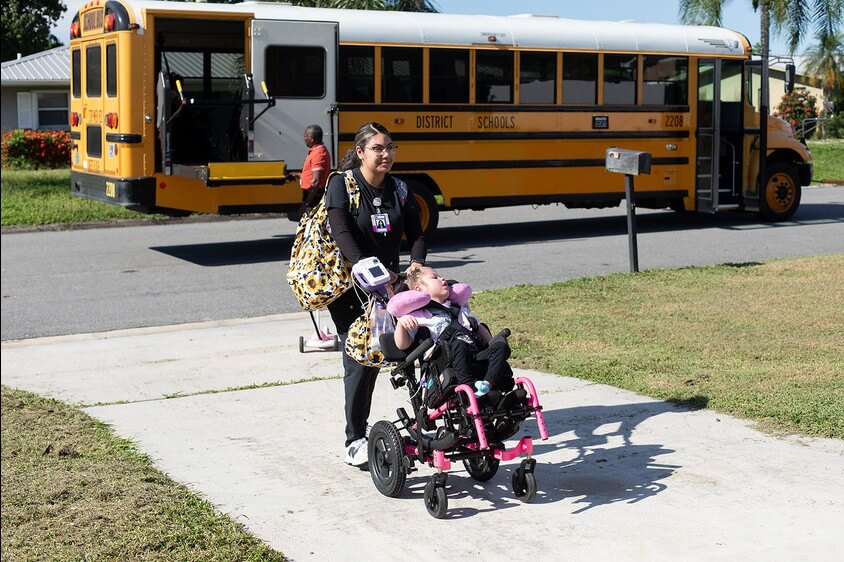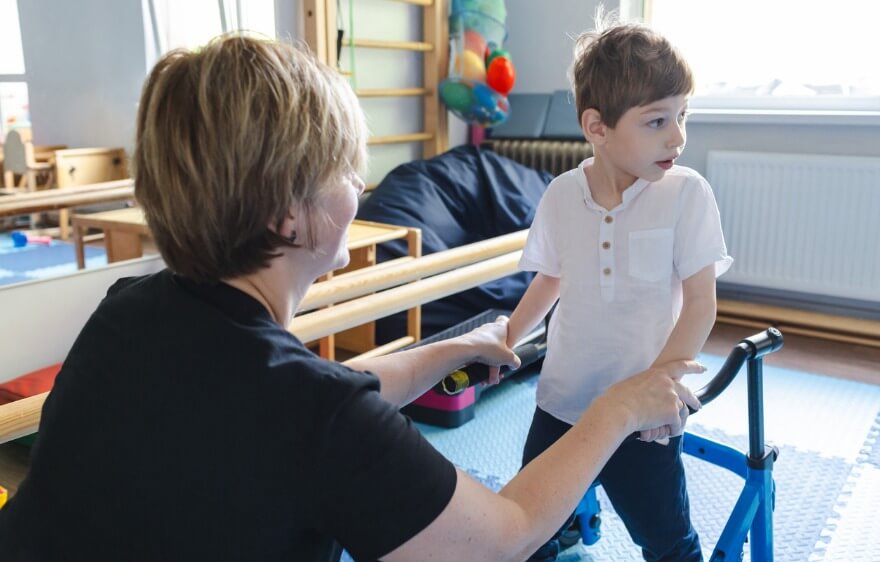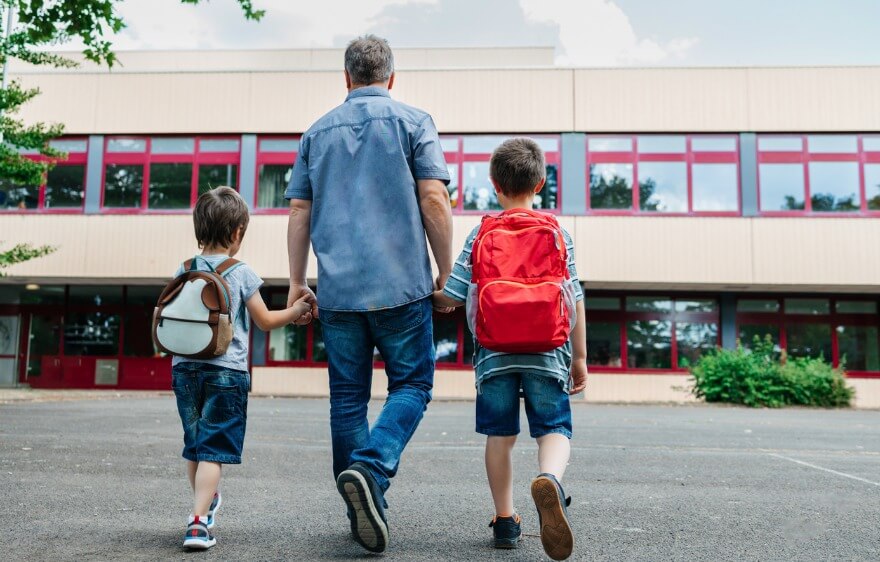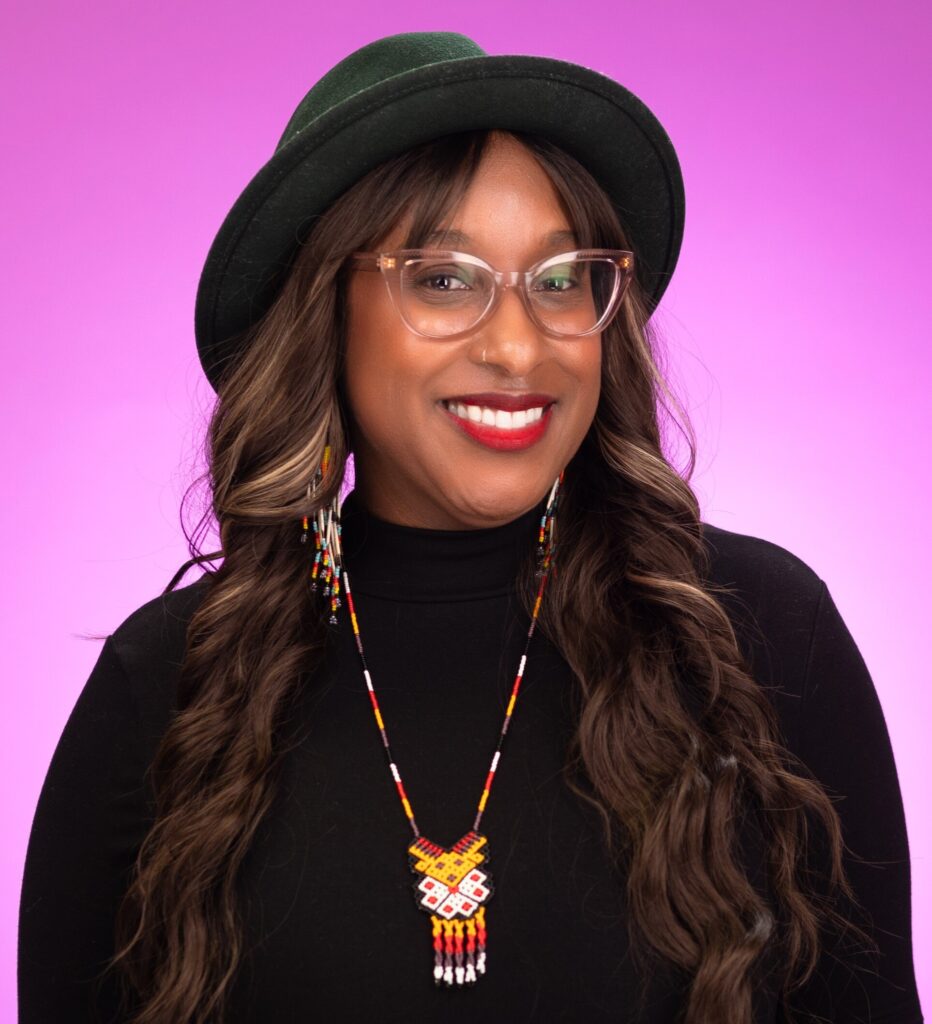As the holiday season quickly approaches, many folks are making their lists and checking them twice. So we thought we’d share some of our clinicians’ favorites with you. We’d also like you to know that we don’t have any affiliation with any of these games, toys, or sellers. We just like them.
Games
Laura: One of my favorite games is Obstacles by Eeboo (ages 5+). Each player gets a set of funny tools (PBJ sandwich, unicycle, vacuum, cactus, shower curtain, skunk, etc.), and you have to use one of these tools to get past some sort of crazy obstacle (a swarm of bees, ogre, lava, blizzard, poison ivy, etc.). There’s so much you can do in therapy with this one. It’s great for kids who are working on speech sounds. I like to load the obstacles and tools decks with only the words that contain the child’s target sound(s). It’s also a nice game for addressing language skills, such as spatial concepts (in, on, under, next to, over, above, around, through, etc.), verbs (feed, ride, fly, jump, float, hide, wear, etc.), and describing words (itchy, scary, big, cold, wet, dark, stinky, loud, slippery, hot, sharp, etc.). Kids love this game because it’s silly and you get to use your imagination and creativity.

Kim Mahi: One of my most requested games is the Angry Birds Knock on Wood board game. It’s great for practicing all kinds of speech sounds in words, phrases, and sentences, like the /r/ in “bird” or the /sh/ in “shoot.” It’s also really easy to turn into a language-based game by having one person describe to the other person how to build the tower using attributes (short, long, tall, etc.) and location words (above, below, next to, etc.). Additionally, it helps practice executive functioning skills like planning (gathering materials), organizing (getting things in the right order), flexibility (having to adjust your aim), and inhibition (having to wait).
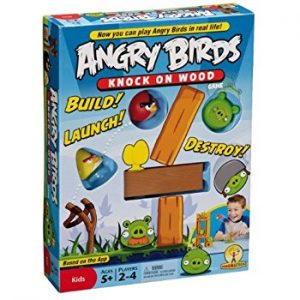
Kathleen: My favorite toy (well, one of them!) is Candyland. Sometimes I play it the traditional way, especially for a quick turn-taking game when working on 1-2 articulation goals with older kids. But more often than not, I go the non-traditional route, and simply use the board as a prop for pretend play (e.g. taking toy animals for a “hike” to the castle, eating all the candy on the way), conversations around preferences (I like gummies but I don’t like licorice), working on describing words (e.g. sweet, yucky, sticky, gooey), and targeting prepositions and pronouns using all of the characters on the board. You can even work on story-telling and problem-solving skills with the board by having toy animals go on an adventure and talking about the problems they run into (oh no, Lord Licorice!) and solutions to those challenges. Candyland also provides a great opportunity to work on sequencing language (e.g. first they ate peppermint, then they ate chocolate, and last they went to the castle and ate all the candy!).
Kim Turner: One of my all-time favorite games is Cariboo by Cranium! This game is always a hit (who doesn’t love keys, doors and treasures?) and works on a variety of therapy goals. With several different sets of interchangeable themed pictures, we can focus on common speech sound goals including K, G, L, S blends and final consonants. Each time we open a door, we practice saying the word (and kids hardly realize how hard they are working!). It’s also fun to give kids a clue or description, such as: Can you find a black animal? Can you find a vehicle that goes in the water? The only down-side is that Cranium no longer makes this one so you have to keep your eyes out at second-hand shops or other resellers.

Toys
Alice: There are endless ways to use dolls and puppets for speech-language therapy. I have two small baby dolls and a bottle I use to work on pretend play (feeding, rocking, comforting), requesting, following directions, labeling body parts, and early verbalizations, like “boo” for peek-a-boo or “woah” when the doll gets too close to the edge of the table. Kids like teaching someone smaller than them. When a child is unwilling to imitate articulation words, most are more than happy to teach a baby doll that is having trouble pronouncing a target word.
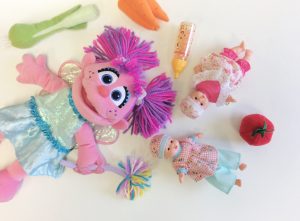
Puppets are another excellent speech therapy tool for young children. Choose a puppet with a mouth that can open and close. Kids love feeding puppets play food and pre-verbal toddlers will sometimes imitate “ah” to cue the puppet to open up for some food. They like it when a puppet enjoys the food, but they are wild about a puppet who acts like the food was yucky. Puppets are great for eliciting early sounds, engaging in pretend play, requesting, labeling, and making choices. Therapy targets aside, puppets are excellent for engaging kids in a shared activity that makes them laugh and builds friendships.
A few other non-toy favorite things
Jenny: My favorite toy isn’t really a toy. It’s a standing mirror. I treat adults and kids and use this with both. I use it as a dry erase board where I can write any therapy targets on it, take data, or even draw the shape the mouth should be so clients can make sure they’re doing it right while they’re looking at themselves.
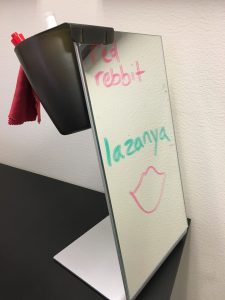
Kim Turner also mentioned how much she loves visual timers. This might not be something a kid would be excited to get as a gift, but it might make the lives of mom and dad way happier.
